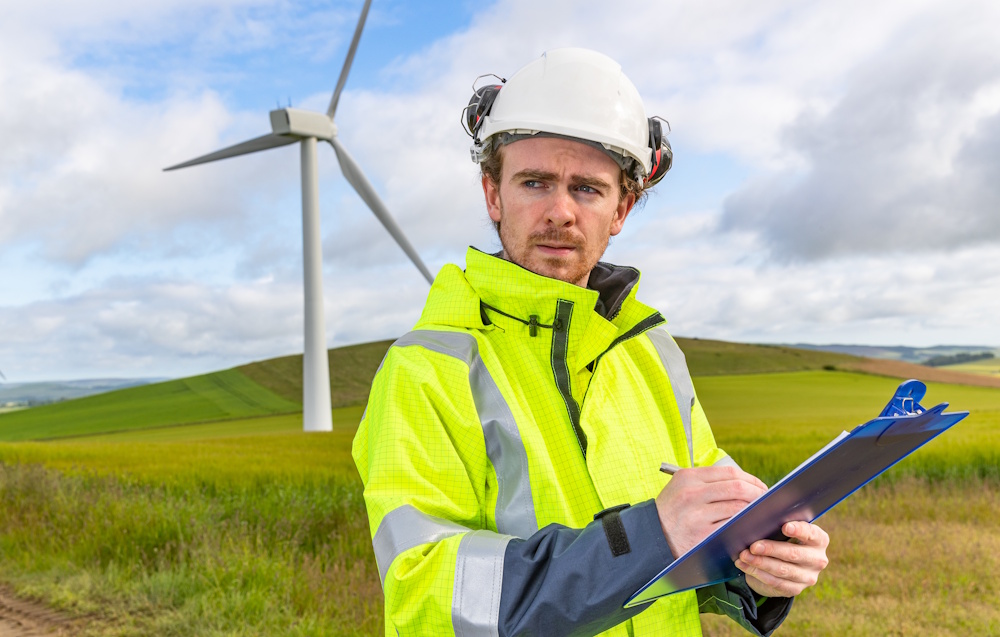Article
The Balancing Act: Communicating on Carbon Dioxide Removal, Part 2

In my last blog, I argued that CDR urgently needs to There’s no single approach to this – but by and large, CDR communicators will need consider three main challenges as they progress beyond R&D and engage beyond their niche. Each of these is a careful
Business as usual vs a net zero future
It will be essential for helping companies exist in a net-zero future, but can’t be seen as an excuse for inaction elsewhere or continuation of business-as-usual. It needs to be easy as possible for companies to buy removals – but they need to do the difficult stuff as well.
Eventually – companies will buy CDR to stay compliant. But the first movers and champions of the sector are moving ahead of regulation, and want to see how your project fits in with their broader strategies. Currently, the removals market is dominated by a few tech giants like Microsoft and Shopify; these companies are moving ahead of compliance, and need partners who share their visions of a net-zero future. If CDR companies and projects can join the dots and show how they can work alongside clean energy, energy efficiency measures and other interventions to bring this future closer, they will have an easier time finding supporters.
A bold vision vs navigating the tough road ahead
As mentioned above – one of the biggest CDR stories of the year was the fact that Climeworks was emitting more carbon than it was removing. On the one hand – this seemed to completely defeat the point of a carbon capture project. But on the other – most effective clean technologies will need to go through an R&D and pilot stage when they will have net-positive rather than net-negative emissions before they can start making a difference.
CDR finds itself on a tightrope once again when it comes to branding; it’s simultaneously an industry very much at the R&D stage, in which waves of pilot projects and experiments are needed before it scales up; and simultaneously, businesses need it to deliver gigatons of removals sooner rather than later.
Honesty, hope, and realism are key here. We’ve seen how other industries, like solar, have scaled up exponentially, and those in the industry know it can happen. If you’re still at the pilot stage but want to scale up 10x or 100x in 10 years, plot out how that works – what needs to happen to get you there technically and commercially? If there are different pathways – outline the ones you think are most realistic.
Minimising vs recognising externalities
Cleantech projects are held to a higher standard when it comes to environmental impact; whether bad faith or not, a cleantech project’s environmental impacts will usually be scrutinised far more closely than those of projects in other areas.
Whether it’s planting more trees, precision breeding crops, experimenting with ocean carbon capture, or building a DAC plant, everything we do will have some impact on the communities, landscapes and ecosystems around it. There is no escaping this – and there is no point trying to deflect from this.
For some people – no amount of honest communication or transparency is enough, and debunking the conspiracies that surround cleantech just becomes more evidence of a cover up.
For those that will listen – it’s essential that you’re realistic and honest about what you’re doing, and why the negative externalities – minor as they might be – are worth it. Right now, the AI boom means that tech companies are adding huge amounts of new, often fossil-fuel power to the grid. This is normalised and by and large, accepted in a lot of mainstream reporting – because a vision of a promising, AI-enhanced future has been communicated effectively by its advocates. If a CDR project involves a trade-off – explain how it’s being minimised, but also explain why it’s necessary.
Where next?
CDR is necessarily a sector that prides itself on scientific rigour, accuracy and objectivity. None of that needs to change. But scientific caution shouldn’t dampen the excitement that these projects should generate (or their many, many side benefits). You’re selling a habitable planet, after all – what’s more exciting than that? But at the same time, the excitement of a project’s vision shouldn’t distract from explaining the practical steps needed to get there.
Finding this balance in your communications will not happen by accident, or without effort. It needs an understanding of how media channels create and shape brand perception, and how science, business, governments and other audiences all speak slightly different languages. It needs a frank, honest and often uncomfortable conversation about the damage that has already been done to the climate, and what is needed to undo it.
If you’re working in CDR or another cleantech field, and have questions on comms and PR, get in touch here.





